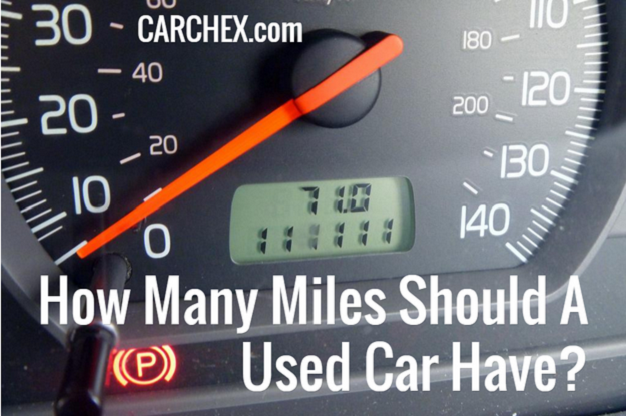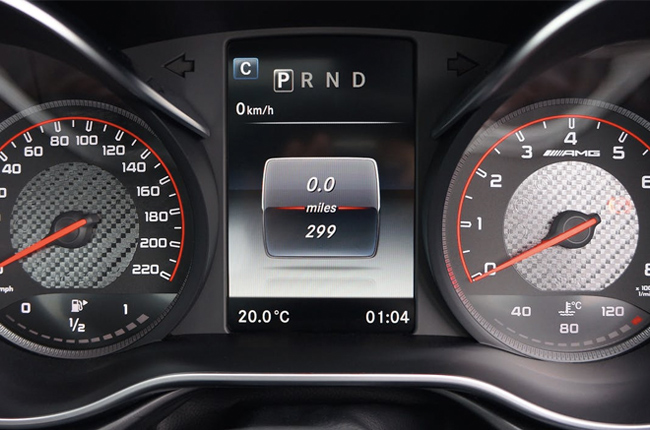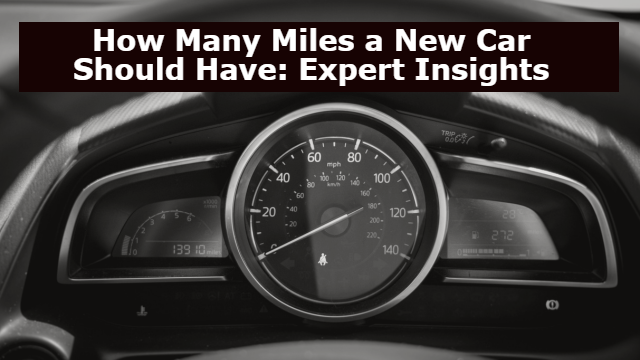How Many Miles a New Car Should Have: Expert Insights
Buying a new car can be a thrilling experience. Many buyers wonder about acceptable mileage for a brand-new vehicle. New cars often show some mileage due to transportation from the factory to the dealership. Test drives and quality checks also contribute to the mileage.
Finding new cars with 10 to 50 miles on the odometer is normal. This ensures the car is properly working before it reaches the buyer. Understanding this helps set realistic expectations and ensures a satisfying purchase. Always discuss any concerns with the dealer for complete peace of mind.

Ideal Mileage For A New Car
A new car typically has 5 to 15 miles on the odometer. This mileage covers factory testing and transportation. Buyers should expect minimal mileage to ensure the vehicle is truly new.
Industry Standards
A new car usually has fewer than 100 miles on the odometer. This mileage comes from moving the car from the factory to the dealer. Some new cars may have up to 200 miles. This is still considered acceptable.
Dealer Practices
Dealers often test drive cars, which can add a few more miles. Cars may also be moved around the lot, each move adding a small number of miles. All these miles together should not exceed 200 miles.

Why New Cars Have Miles
New cars typically have a few miles due to transport and dealer testing. Expect anywhere from 10 to 50 miles on a new car. This ensures the vehicle operates correctly before it reaches the buyer.
Transportation To Dealership
New cars often have some miles on them. These miles come from the transportation process. Cars are driven from factories to transport trucks, and they are also driven off the trucks to the dealership. Each step adds a few miles.
Test Drives
Dealerships allow potential buyers to take test drives. This helps buyers get a feel for the car. These short drives add a few more miles, which is important for making a sale. New cars usually have less than 100 miles when sold.
Factors Affecting Mileage
Cars made far away have more miles. The distance from the factory to the dealership adds miles. These miles are often from test drives and transport. Longer distances mean more miles on the car. Local manufacturers help keep mileage low. Always check where the car was made.
Bigger dealerships sell more cars and often have larger lots, which means cars may be driven more within the lot. Test drives at large dealerships can add miles. Smaller dealerships usually have fewer test drives, which means fewer miles on new cars. Always ask the dealer about test drive policies.
Acceptable Mileage Range
Experts agree that a new car should have less than 200 miles on the odometer. This mileage is due to test drives and transport. Cars with more than 200 miles might have been used as demonstrators.
Consumers expect new cars to have low mileage. Ideally, a new car should have around 10 to 50 miles. This range indicates minimal use and keeps the car feeling brand new. Anything above this range might raise questions about the car’s history.
Impact On Car Value
A new car with fewer miles often has a higher resale value. Buyers prefer cars with low mileage, which suggests less wear and tear and fewer repairs in the future. This makes the car more attractive, and sellers can ask for a higher price. Keeping mileage low helps maintain the car’s value.
A new car with low miles feels newer to buyers. It looks less used. A car with fewer miles often has a cleaner interior. The engine and parts are less worn. This boosts the car’s appeal. Buyers see it as a better deal. Low mileage makes the car seem almost brand new. This can make it easier to sell.
Inspecting Mileage At Purchase
New cars usually have some miles on them. Dealerships test drive cars, which adds a few miles. Check the odometer before buying. The reading should be low—usually less than 100 miles. Make sure it matches the sales report.
Ask for a vehicle history report. This report shows the car’s journey. It includes mileage from transport and testing. Make sure the miles on the report match the odometer. This helps ensure you get a true new car.
Handling Higher Mileage
Check the car’s history report, confirm the mileage is accurate, ask for a test drive, listen for unusual noises, inspect the car for signs of wear, and point out any issues you find. Use these to negotiate a lower price. Be polite but firm during negotiations. Always know your budget. Be ready to walk away if needed.
Higher mileage can affect the warranty. New cars usually have a warranty. Check if the higher mileage changes this. Some warranties cover fewer miles. Ask the dealer for details. Always read the warranty terms carefully. Make sure you understand what is covered. Ask about extended warranties. These can provide extra protection. Consider the cost before deciding. Ensure the warranty meets your needs.

Expert Recommendations
New cars typically should have fewer than 10 miles on the odometer. This ensures minimal wear and tear. Lower mileage indicates a fresh start for your vehicle.
Buying Tips
A new car should have fewer than 100 miles. This is a sign of minimal use. Some cars might have slightly more, due to test drives or transport. Always check the odometer before buying. It helps to ensure the car is truly new.
Mileage Red Flags
Beware if a new car has more than 300 miles. This might indicate excessive test drives. Such cars might have wear and tear. Ask the dealer for an explanation. Knowing the reason helps make a better decision. Always aim for cars with lower mileage.
Frequently Asked Questions
How Many Miles Should A New Car Have?
A new car typically has 10 to 50 miles. This range is due to transportation and test drives.
Is It Normal For A New Car To Have Miles?
Yes, it’s normal for new cars to have up to 50 miles. Transportation and test drives account for this.
What Is Considered High Mileage For A New Car?
High mileage for a new car is above 200 miles. This could indicate extensive test drives or transport.
How Many Test Drive Miles Are Acceptable?
Up to 50 miles from test drives are acceptable. This ensures the car is in good working condition.
Can A New Car Have Zero Miles?
New cars rarely have zero miles. They usually have some mileage from transportation and quality checks.
Should I Worry About Mileage On A New Car?
No, mileage under 50 miles on a new car is normal. It’s due to necessary transportation and testing.
How Does Mileage Affect A New Car’s Value?
Mileage under 50 miles doesn’t affect a new car’s value. Higher mileage might slightly decrease its value.
Conclusion
Choosing a new car with the right mileage is crucial. Aim for fewer than 100 miles to ensure it’s truly new. Always inspect the car thoroughly. This guarantees you a fresh start with your new vehicle. Remember, lower mileage means less wear and tear, giving you peace of mind.






